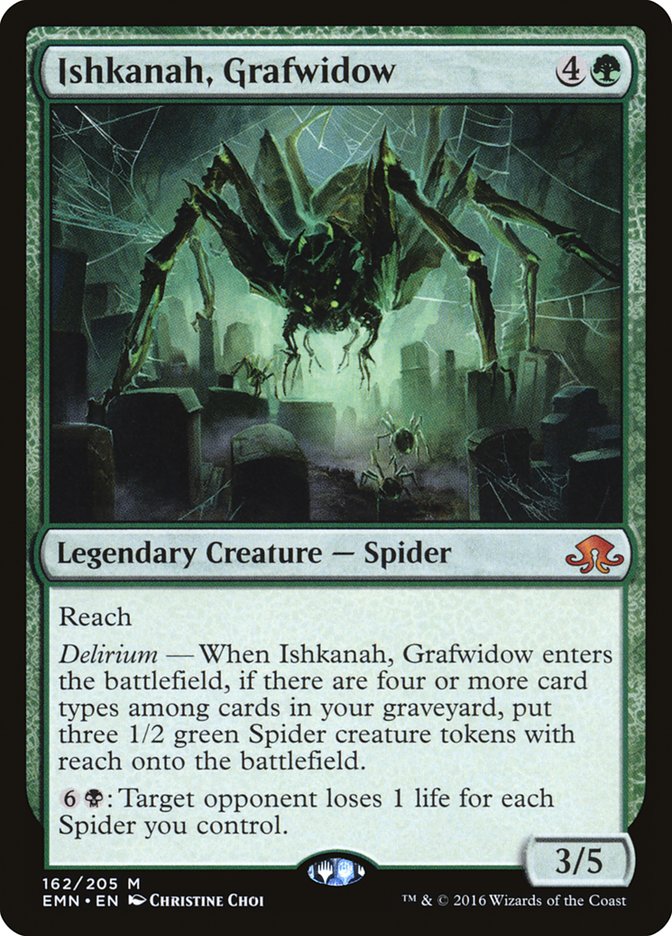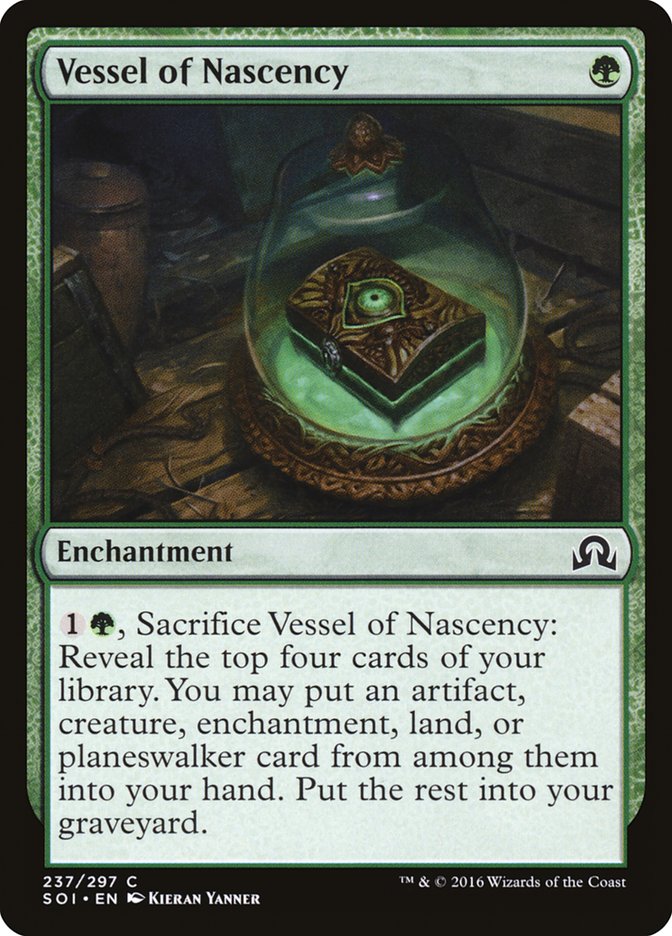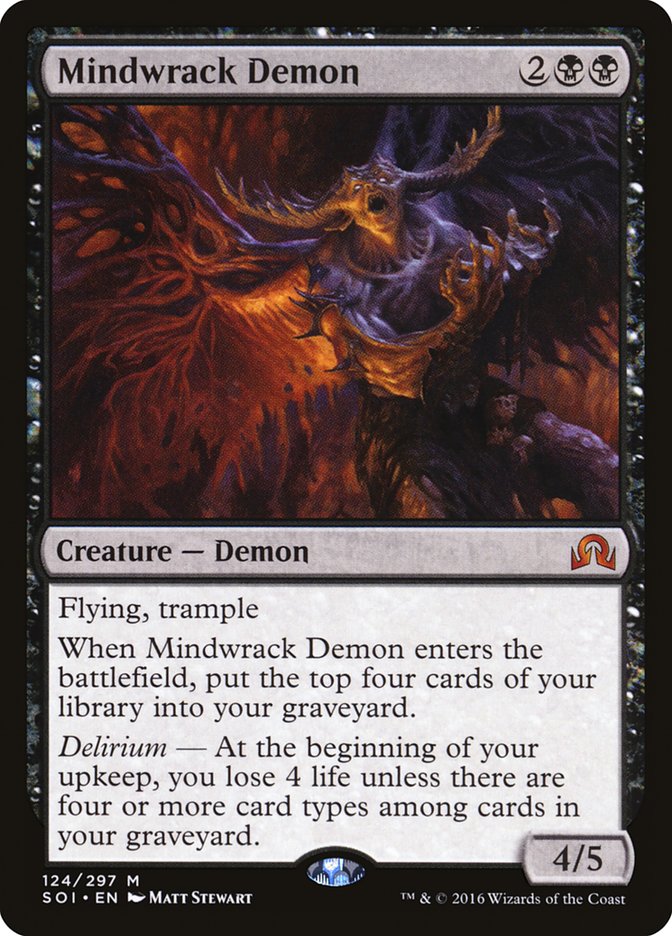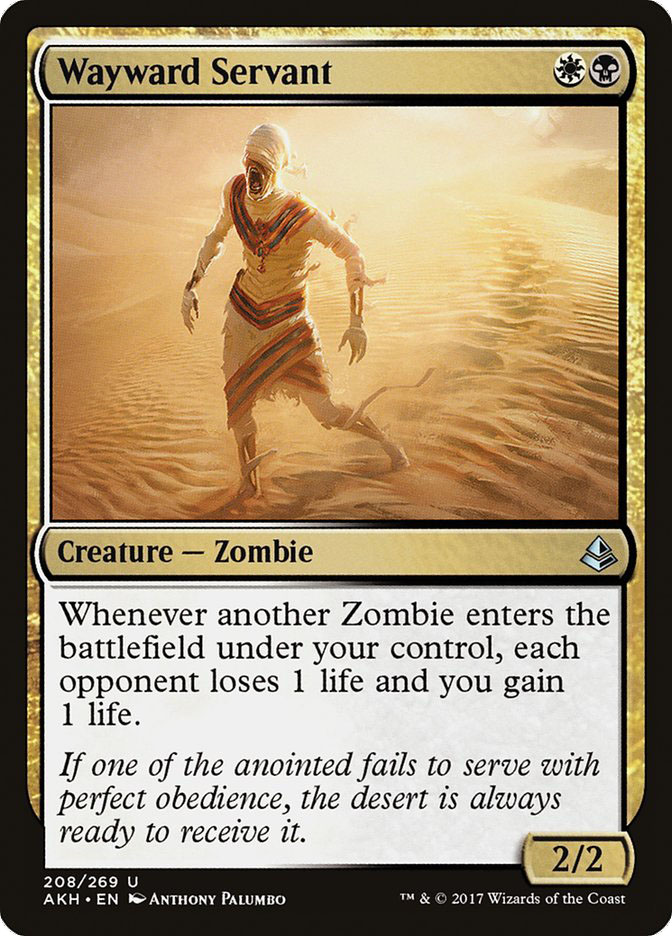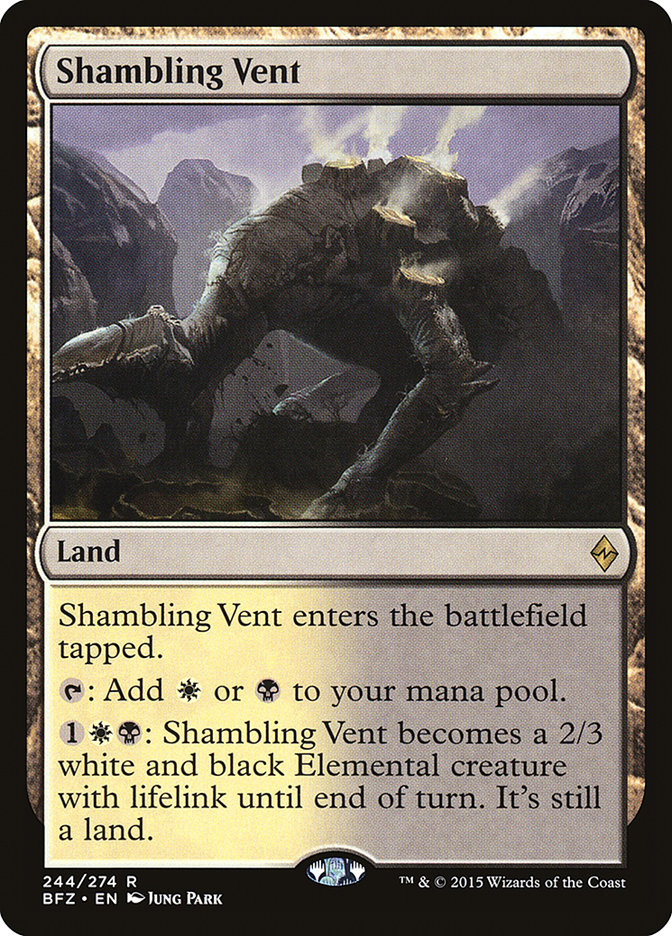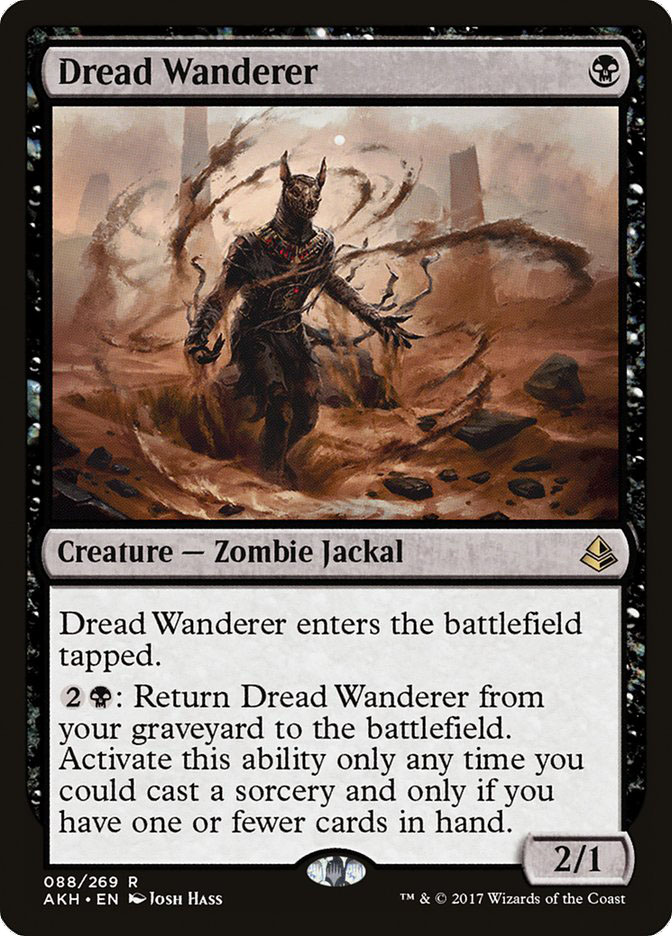If you missed most of the action in Atlanta last weekend, the results of the first post-Amonkhet and post-Felidar Guardian Standard tournament may be cause for alarm. While Four-Color Saheeli was ultimately dubbed too good for the format, Mardu Vehicles was a strong contender last season and there were more than a few grumbles about its marquee card, Gideon, Ally of Zendikar. The powerful planeswalker managed to evade the strike of the banhammer, leaving Mardu Vehicles as the default best deck for the early weeks of the new format.
Being the frontrunner comes with some added pressure to put up a good performance, and Mardu Vehicles did not disappoint, putting a whopping five players into the Top 8, continuing to dominate in the elimination rounds, and earning Andrew Jessup a well–deserved trophy.
Given the Magic community’s penchant for overreaction, I am fully expecting the weeks leading up to the Pro Tour to be filled to the brim with calls for Gideon to be banned and how we’re in for a repeat performance of this past winter, when a wave of Standard bannings paved the way for what may have been an even less diverse metagame.
WotC was already very hesitant to ban Felidar Guardian so close to the previous bannings. A third announcement in the span of six months would be disastrous, so I wouldn’t bank on Gideon, Ally of Zendikar being removed from the format.
Fortunately, I don’t think we have to. There’s no denying Mardu Vehicles is a powerful deck, and I would not be surprised if it remains the default best choice for the next few months, but there is good reason to put down the pitchforks and look forward to the emergence of new strategies and cards from Amonkhet.
First, we have to consider the unique circumstances surrounding last week’s Open in Atlanta. Felidar Guardian wasn’t banned until last Wednesday evening for those of us on the East Coast of the United States, and after Monday’s announcement of no changes, everyone was hard at work either tuning a Four-Color Saheeli list or trying to figure out the deck that could stand up to it.
With so little time from Wednesday until the tournament to adjust, defaulting to the other best deck from last season is far and away the safest choice. Many players, excited by the prospect of new toys, show up to the early tournaments of a season with untuned lists, only to find their pet cards completely outclassed by the well-oiled machines of the previous season. Mardu Vehicles was going to be among the most popular decks in the room even before the banning of Felidar Guardian, but in its wake, it was easily the top choice.
Percentage Points
Honestly, the 24% metagame share in Day 2 that Mardu had seems low to me. I would’ve expected at least 30% with 40% a distinct possibility. With eighteen of the Top 64 slots, Mardu overperformed its metagame share, but that was always going to be the case when it’s more refined than much of the rest of the metagame and being piloted by many of the best players in the tournament. If anything, I think this performance, as impressive as the raw numbers are, is a bit of a disappointment given my lofty expectations for the deck in Week 1. It certainly doesn’t suggest to me that we’re on our way to a single-deck metagame.
Additionally, Mardu Vehicles received a significant upgrade for the matchup against what turned out to be the next-most-popular deck in the room, B/G Delirium. That upgrade is Cut//Ribbons. It only showed up in small numbers, usually one maindeck with a second in the sideboard, and far from all the lists incorporated the new removal spell, but for those of us watching the coverage, it was definitely a standout.
B/G Delirium wants to use its life total as a resource to set up its graveyard; lock up the ground with Ishkanah, Grafwidow; and grind out its opponent from there with planeswalkers, Tireless Tracker, and removal spells. However, without Emrakul, the Promised End to build toward, this process is quite laborious and time-consuming. Typically this wouldn’t be an issue, since Mardu Vehicles only has Unlicensed Disintegration and Walking Ballista for reach, so as long as you could stay above five or so you’d be all set, but Ribbons changes that dynamic.
Suddenly, life totals as high as ten or twelve aren’t safe, and once you drop into the single digits you’re likely to be Fireballed for lethal. Unprepared opponents are now forced to defend their life total more aggressively, often at the expense of their desired attrition gameplan. In the post-sideboard games especially, Mardu Vehicles is poised to play that game well with a bevy of planeswalkers and Oaths, so even marginal value lost isn’t trivial.
Small additions like this are often what we see out of Week 1 from a new format, since complete overhauls and new strategies take time to refine and develop, so it’s no surprise to see a previous top deck that also got a key new addition put up a strong performance.
The Next Step
And now for the $64,000 question: How do we react to Mardu Vehicles?
To start, B/G Delirium can incorporate some graveyard hate. Answering Cut and Scrapheap Scrounger is important, although you want something that fits seamlessly with the rest of the deck. Unsurprisingly, B/G Delirium proponent Brennan DeCandio already found the answer with an Aftermath card of his own: Never//Return.
His fifth–place list has two copies of the removal spell in the maindeck and another two in the sideboard for the complete set, which says all you need to know about how he feels about the card. The front half is a solid removal spell, especially against the planeswalker-heavy post-sideboard configurations that Mardu Vehicles throws your way, and the back half cleanly answers Ribbons and Scrapheap Scrounger. You can even mill the card with Vessel of Nascency or Liliana, the Last Hope for added value. It’s perfect.
And if you go down the list of top-performing B/G Delirium lists, almost all of them added a few copies of Never. Once again, a small upgrade from a new set leads to early-format success. We haven’t seen a lot of sorcery-speed removal around because of the constraints Felidar Guardian put on the format, but that is going to change moving forward, so I would advise going back and reconsidering cards like Declaration in Stone and Incendiary Flow.
The other adjustment you can make to combat the reach from Ribbons is to become more aggressive. If you can turn the corner more quickly, then the additional reach may not become relevant in time. A card like Liliana, Death’s Majesty is great for this while still supporting an attrition gameplan, since it provides value that has an immediate impact on the battlefield. Brennan stuck with Ob Nixilis Reignited in the maindeck with Liliana, Death’s Majesty in the sideboard, presumably due to its conflict with Liliana, the Last Hope, but I would expect some evolution in the planeswalker suite moving forward.
I’m also expecting a resurgence in Mindwrack Demon for these decks. It pressures planeswalkers and matches up well against Archangel Avacyn, Glorybringer, and Cut. Its replacement, Gonti, Lord of Luxury, was primarily a response to Winding Constrictor decks, which underperformed this weekend. If that trend continues, look to the more aggressive flier as another card that helps you close out games more quickly.
Those adjustments for B/G Delirium are great and all, but if this is going to be more than a two-deck metagame, there needs to be something new. When Caleb Scherer was featured doing well with a Mono-Black Aggro deck, I was already intrigued. I asked him for his list but didn’t think much of it until he completed a run to the Top 8 the next day:
Creatures (24)
- 4 Scrapheap Scrounger
- 4 Night Market Lookout
- 4 Glint-Sleeve Siphoner
- 4 Walking Ballista
- 4 Dread Wanderer
- 4 Bone Picker
Planeswalkers (3)
Lands (20)
- 18 Swamp
- 2 Aether Hub
Spells (13)

On top of that, late in Day 2 there were two Zombie Tribal decks in Top 8 contention, one B/W and one mono-black. Both players fell just short of the elimination rounds, but they put up respectable finishes of fourteenth and 22nd, respectively.
These are three related but different decks that managed to have success in Week 1. The common denominator for me is Dread Wanderer. Along with Scrapheap Scrounger, Dread Wanderer gives these decks a strong early curve that is resilient to disruption. These are aggressive decks that can come out quickly and end the game if their opponent stumbles, but they aren’t going to fold if their first wave or two is answered. That alone will capture my attention.
And that grinding capability was on full display in the games Caleb, Zac, and Garrett played on camera in the tournament, often embarrassing opponents who overloaded on removal and fighting toe-to-toe with opposing planeswalkers and potent roadblocks.
While it didn’t seem like it at the time, the banning of Smuggler’s Copter has really hurt small aggro decks, and with the evolution of Mardu Vehicles into a midrange deck, we haven’t seen decks starting their curve on one unless they’re casting Attune with Aether. Aggro decks certainly benefit from an increased card pool, since they can more easily find a critical mass of strong early plays, and Dread Wanderer appears to be the final piece of the puzzle for black-based aggressive decks to emerge as contenders.
Of the three lists, I’m most partial to B/W Zombies for a few reasons. One, I’m a sucker for a good creature-land. Two, Wayward Servant is intriguing as an additional two drop for an archetype that’s long on threes. Three, Dread Wanderer is another card that powers up Cryptbreaker, giving the deck another strong card advantage engine without sacrificing much in the way of explosiveness.
Zac Caudillo’s list is certainly short on lands (someone needs to read Emma Handy’s articlefromlastweek!) and that means some tough cuts will need to be made. To maintain the curve, the cuts are going to have to come from the three-drop slot, and I’m not particularly enamored with Diregraf Colossus, Lord of the Accursed, or Liliana, the Last Hope. Drawing a mix of them is going to be best, so there’s lots of room to play with the numbers, but I’m not going to be unhappy trimming on any of them. I’m going to start here:
Creatures (28)
- 2 Relentless Dead
- 3 Diregraf Colossus
- 4 Cryptbreaker
- 4 Scrapheap Scrounger
- 3 Lord of the Accursed
- 4 Plague Belcher
- 4 Dread Wanderer
- 4 Wayward Servant
Lands (23)
Spells (9)

My primary concern for this deck is the manabase. I’ve used all the additional land slots toward white sources and still feel like it’s short, not to mention that using Aether Hub to enable a splash is far from ideal without other sources of energy to fuel it. Glint-Sleeve Siphoner could certainly make its way into the deck as an additional two-drop, should you want to lower the curve even more, but every non-Zombie cuts into the tribal synergies.
Should the mana prove workable, then the addition of Gideon, Ally of Zendikar and Declaration in Stone to the sideboard will be very important. The latter in particular is going to put in good work against Ishkanah, Grafwidow.
I’ve moved the two copies of Liliana, the Last Hope to the sideboard to keep as much aggression as possible in the maindeck. The fact that Diregraf Colossus synergizes well with Lord of the Accursed and Wayward Servant made the decision even easier.
With no Open this weekend, we’re not going to see the next evolution of the metagame until the Pro Tour. Given the history of aggressive decks overperforming on the game’s top stage, we could be witnessing a breakout performance from Dread Wanderer in Nashville.



